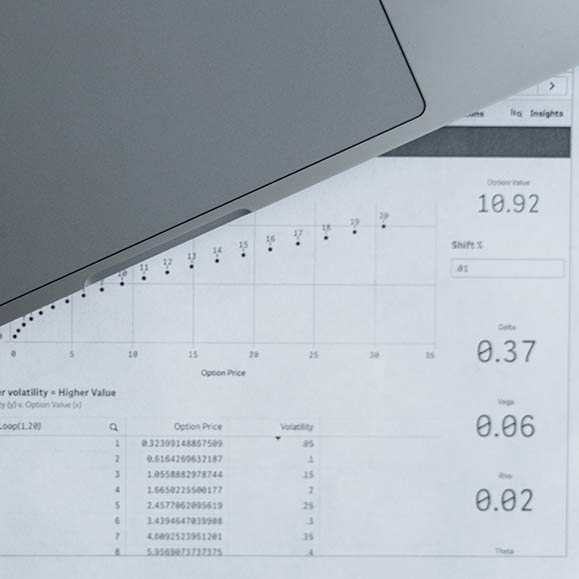
Treasury and SBA issue new guidance on Paycheck Protection Program |
|
UPDATE: Announced on May 13, all PPP loans under $2 million automatically meet good-faith certification.
The SBA and Treasury Department has extended the deadline to repay PPP loans from May 7 to May 14. Borrowers now have until May 14, 2020 to decide whether to return PPP funds within a safe harbor period provided by the SBA.
Here’s what you need to know:
We recommend that our clients who have received PPP funding clearly document the reasons supporting this certification. This could include an analysis of the following:
Please reach out to us with any questions you may have regarding certification. |
